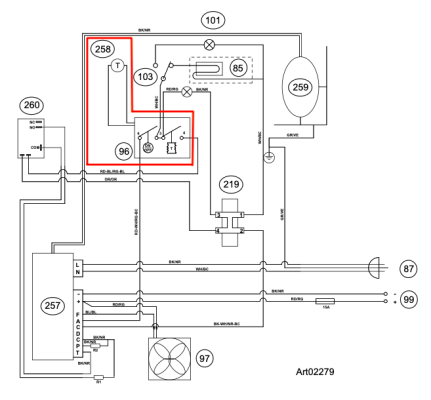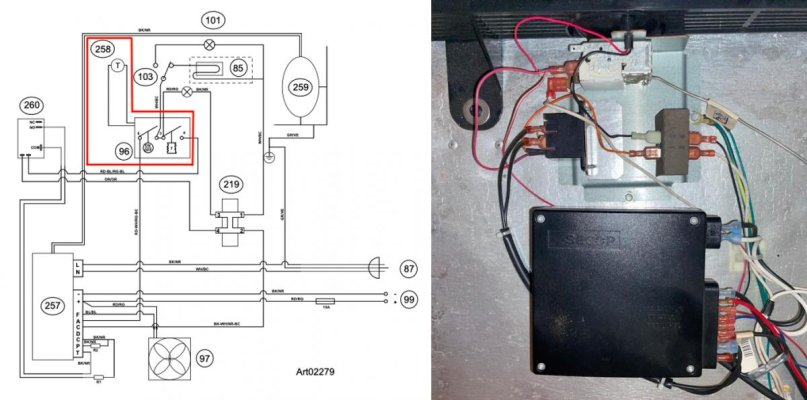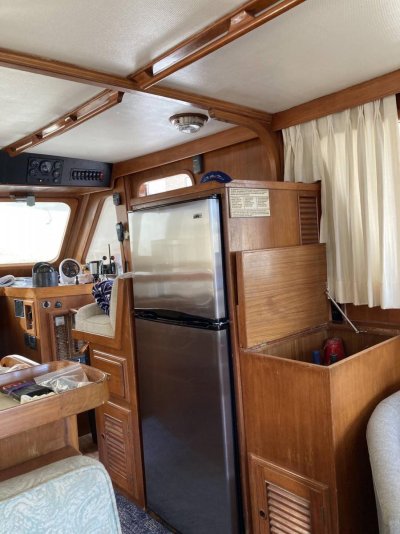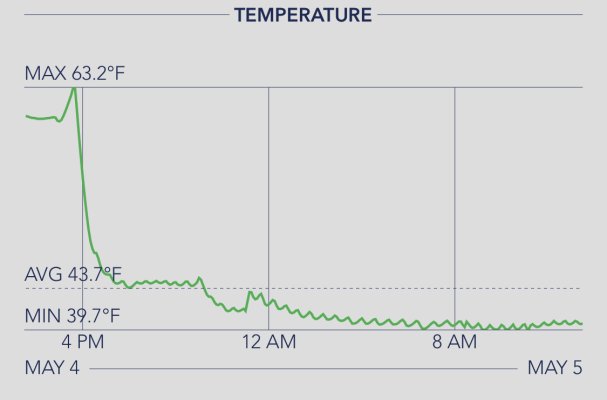That is compelling. Not exactly sure why, but I continue to struggle to understand the power issues surrounding AC and DC. The following is pretty clear.
- In a marina slip with virtually unlimited shore power, it is pretty clear that an AC only fridge is fine.
- Underway with plenty of power from the main engine, I believe we have enough amps to both charge batteries fast enough and run an AC only fridge with our big Xantrex 3000 watt inverter.
- At anchor or anywhere overnight without shore power, I think our 600 amp-hour AGM house batteries probably have enough amps to run an AC only fridge with our big Xantrex 3000 watt.
But I struggle to understand what may be a fine line between sacrificing the energy overhead required to run the Xantrex Freedom SW 3012 to power an AC only fridge. The day will come when the 3 year old AGMs are replaced by the technology of the day and we install solar on the pilothouse roof, but until then I expect we will be close come morning after a night of running a bigger fridge.
It is also not clear whether our current Norcold DE0061 inverts and transforms DC to AC to run the Danfoss compressor, or whether it (when on shore power) converts AC to DC to run the compressor. Or whether all that energy nerdism even rises to the level of mattering?




